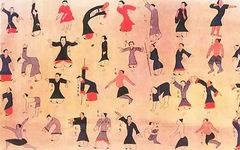Traditional Chinese Medicine Guided Exercises: Simple Movements for Disease Prevention and Treatment
When it comes to guided exercises, many people look puzzled, but when mentioning “Wu Qin Xi” (Five Animal Frolics), “Liu Zi Jue” (Six Healing Sounds), and “Ba Duan Jin” (Eight Pieces of Brocade), everyone nods in recognition; in fact, they all belong to guided exercises.
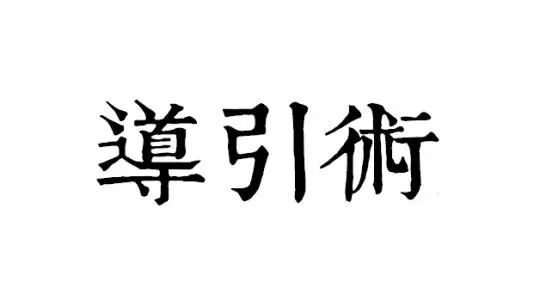
Traditional Chinese Medicine Guided Exercises are a type of traditional Chinese health preservation and physical therapy method aimed at harmonizing the body and mind, balancing Qi and blood, preventing and treating diseases, and promoting longevity. This is achieved through a combination of physical movements, breathing exercises, and self-massage techniques.
In addition to health preservation and “preventing disease before it occurs,” Traditional Chinese Medicine guided exercises also have effects on anti-aging, intellectual development, and psychological health, making them highly favored by modern individuals. They are also the only natural therapy that does not consume social resources.
1
Ancient Ancestors Used It for Disease Prevention and Treatment
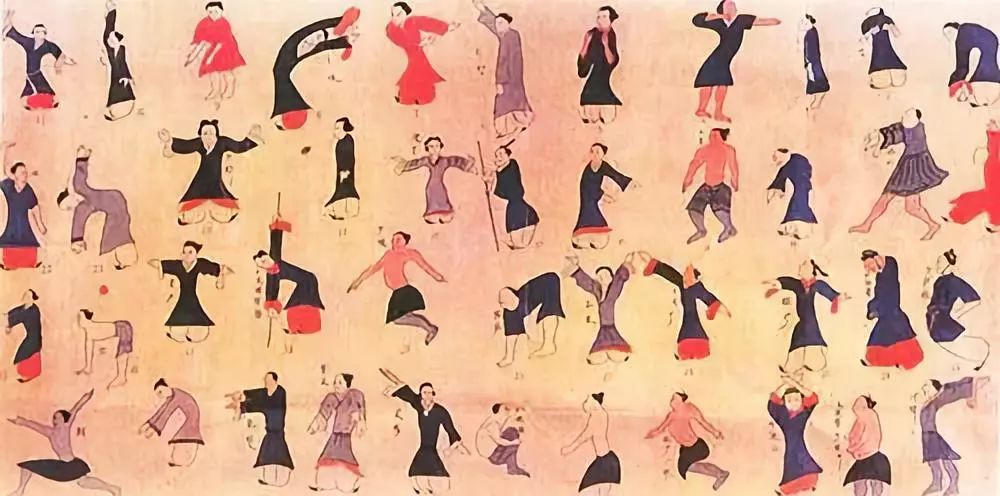
In the ancient times when medicine was not yet established, ancestors used dance to shake their bones and joints, stretch their bodies, and activate blood circulation to treat or prevent diseases. With the progress of time, guided exercises officially became one of the medical methods, gradually integrating into mainstream Chinese medicine and promoting the prosperity of TCM.
In recent years, research on guided exercises for fitness, disease treatment, and rehabilitation has become a focus. Researchers have conducted extensive studies on the fitness mechanisms and effects of guided exercises using theories and methods from both traditional and modern medicine, achieving a series of results.
2
Practicing Separately to Achieve the Unity of Three Adjustments
The basic operations of practicing Traditional Chinese Medicine guided exercises include: adjusting the body, adjusting the breath, and adjusting the mind, collectively referred to as the “Three Adjustments.” The process of practicing guided exercises begins with practicing the three adjustments separately, ultimately achieving the unity of the three.
Adjusting the body involves controlling the body’s state of rest or movement, aligning the body’s condition with the requirements of practicing guided exercises.
Adjusting the breath refers to controlling the movement of breathing, also known as practicing Qi, adjusting Qi, or Tui Na, which nurtures and guides internal energy through breath control.
Adjusting the mind is the activity of regulating the psychological state, also known as refining the spirit or self-cultivation, shifting consciousness from external to internal, altering the content and manner of consciousness activities, thus entering a state of “emptiness and tranquility” during guided practice.
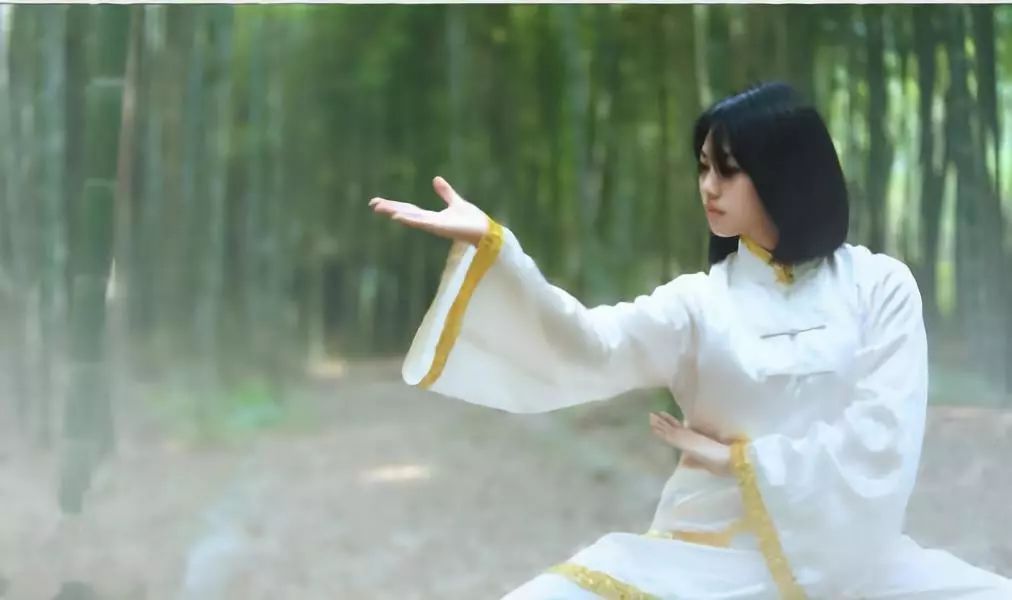
Modern medical research has found that through practicing Traditional Chinese Medicine guided exercises, adjusting the body can relax the entire skeletal and muscular system, benefiting the central nervous system, especially reducing tension in the sympathetic nervous system, thereby improving mood. Adjusting the breath can massage the internal organs, promote blood circulation, enhance organ function, and stimulate the respiratory center, further affecting and regulating the autonomic nervous system. Adjusting the mind (focusing the intention and entering tranquility) has a protective inhibitory effect on the cerebral cortex, allowing the cortical cells to rest adequately and providing protection against harmful external stimuli.
3
Widely Used for Disease Treatment and Rehabilitation
Traditional Chinese Medicine guided exercises can be widely applied in the treatment and rehabilitation of various diseases.
In orthopedic conditions such as shoulder periarthritis, cervical spondylosis, lumbar disc herniation, acute lumbar sprain, piriformis syndrome, osteoarthritis, etc., implementing suitable guided exercise training after treatment can help to unblock meridians, relax muscles and activate blood flow, tonify Qi and nourish blood, dispel cold and relieve stagnation, thus alleviating muscle spasms and tension, improving local or systemic blood circulation, eliminating edema or adhesions, enhancing the nutrition of local nerves and muscle tissues, increasing muscle strength, improving balance, restoring coordination between muscles, and promoting recovery and healing of conditions. As a proactive self-regulating method, Traditional Chinese Medicine guided exercises are often simple and easy to perform, aligning with natural movements, making them easy for patients to accept and actively cooperate, which helps reduce the recurrence rate of injuries and consolidate therapeutic effects.
The essence of Traditional Chinese Medicine guided exercises is “nurturing nature and practicing form,” and they are also commonly used in the prevention and treatment of psychosomatic diseases and various chronic and geriatric diseases. For example, for insomnia, combining guided exercises with sleeping pills, herbal medicine, Tui Na, and acupuncture can achieve synergistic effects. Additionally, Traditional Chinese Medicine guided exercises are also used in post-stroke rehabilitation and to improve the quality of life for cancer patients, among others.
4
Several Common Traditional Chinese Medicine Guided Exercises
1. Yi Jin Jing (Muscle-Tendon Change Classic)
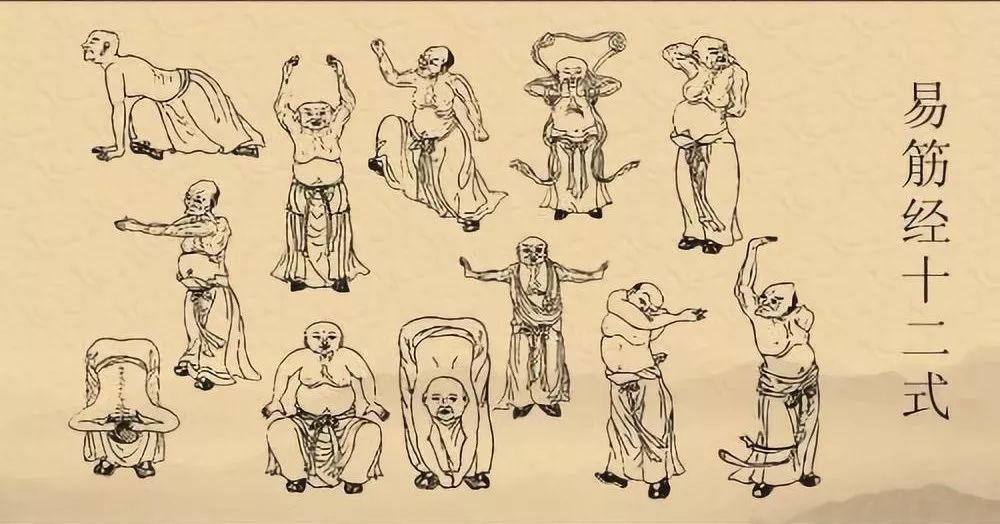
Among all Traditional Chinese Medicine guided exercises, the most well-known is Yi Jin Jing, which is said to have been created by the Indian monk Bodhidharma. Before the Song and Yuan dynasties, it was only passed down among the monks of Shaolin Temple, and it became increasingly popular from the Ming and Qing dynasties onwards, evolving into several schools. “Yi” means change, “Jin” refers to muscles and tendons, and “Jing” means method. Yi Jin Jing is a dynamic guided exercise that emphasizes posture, breathing, and intention training, practicing according to the flow of the twelve meridians and the Ren and Du meridians, ensuring smooth Qi flow without stagnation.
2. Wu Qin Xi (Five Animal Frolics)
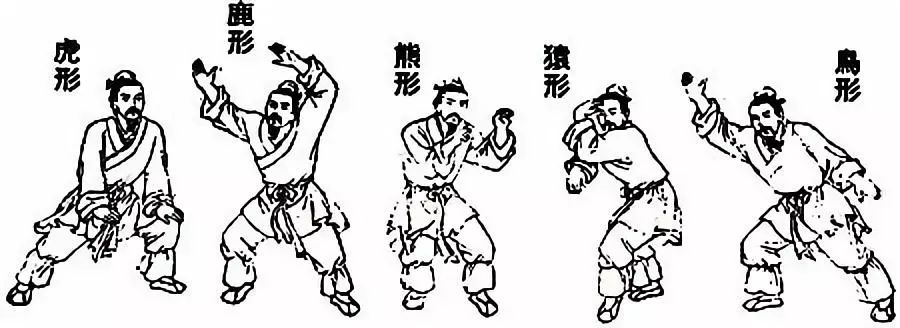
The origins of Wu Qin Xi are varied, having been passed down for nearly two thousand years, and it has developed into many schools while largely retaining the ideas of Hua Tuo’s Five Animal Frolics. Wu Qin Xi primarily focuses on physical movements, supplemented by breathing and intention coordination, mimicking the movements of the tiger, deer, bear, monkey, and bird, making it an effective health-preserving and disease-preventing guided exercise. By combining external movement with internal stillness, dynamic and static balance, and the integration of hardness and softness, consistent practice of Wu Qin Xi can effectively guide Qi and blood, strengthen the body, and promote longevity.
3. Ba Duan Jin (Eight Pieces of Brocade)

Ba Duan Jin is a guided exercise primarily focused on adjusting the body, created in the early Southern Song dynasty, emphasizing the coordination of physical movements and breathing. This method strengthens muscles and bones, nourishes Qi and enhances strength, promotes blood circulation, and regulates the internal organs, with an appropriate amount of exercise that achieves fitness effects without causing fatigue. Modern research suggests that this set of exercises can improve neural regulation, enhance blood circulation, provide gentle massage to the abdominal organs, stimulate the functions of various systems, correct abnormal bodily responses, and have therapeutic and rehabilitative effects on many diseases.
4. Nei Jia Quan (Internal Martial Arts)
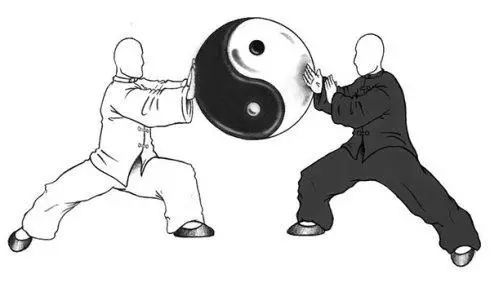
Representatives include Tai Chi, Bagua Zhang, Xing Yi Quan, and Wudang internal martial arts. These martial arts not only have combat functions but are also closely related to health preservation and internal training. For example, Tai Chi integrates movements of hands, eyes, body, method, and steps with guided breathing, creating a unified internal martial arts exercise. During practice, intention, breath, and movement are closely combined, balancing dynamic and static, soft and slow, guiding Qi with intention, moving the body with Qi, unblocking the meridians, allowing Qi to flow throughout the body, and promoting excellent health and wellness effects.
5
Recommended Three Guided Exercises
1. For the “Head-Down Tribe” — Practice the “Rice Character Exercise”
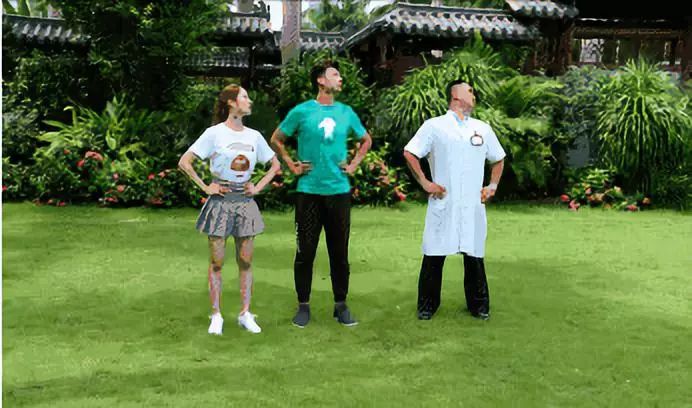
In daily life, many people belong to the “head-down tribe,” either working at a desk or looking at their phones while commuting, keeping their bodies in a forward-leaning, slightly bowed posture. If this continues for a long time, it can obstruct the flow of Qi and blood in the neck. Over time, symptoms such as neck pain and dizziness may occur. To address this, one can practice the simple “Rice Character Exercise.”
Specific Movements: Place both hands on the waist, extend the neck, and first move the chin towards the upper left, then return, writing the first stroke of the rice character “米”. Move the chin towards the upper right, return, writing the second stroke “/”. Move the chin from left to right to write a horizontal line “一”, then return. Move the chin from top to bottom to write a vertical line “|”, then return. Finally, write “/” and “\” respectively, then return. Practice the rice character exercise from small to large, starting with a small rice character and gradually writing larger ones, ensuring each stroke is maximized for optimal exercise effect.
2. Knee Joint Maintenance — Practice “Air Bicycle”
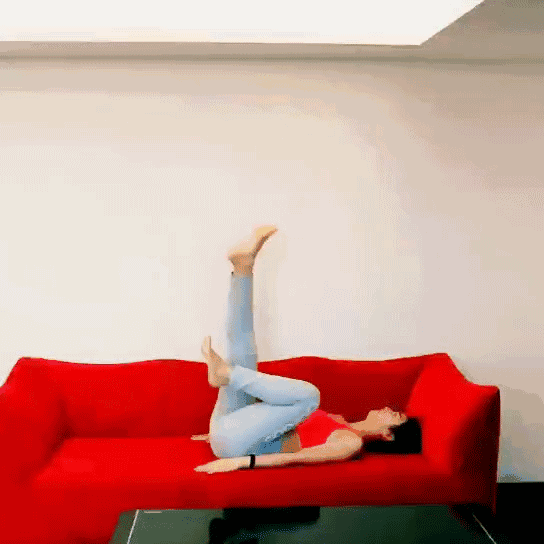
The legs age first, and the knees age first among the legs. The knee joint is the most complex joint in the human body and is also prone to injury. Therefore, everyone should pay attention to the health and rehabilitation of this joint. Below is a knee joint maintenance method called “Air Bicycle.”
Specific Movements: Lie on your back on a bed, extend both arms upwards as if holding handlebars, or rest them naturally on your abdomen. Raise both legs to a certain height, alternately bending and stretching them, mimicking the motion of pedaling a bicycle, continuing for 30 seconds, pausing briefly, and then repeating for 3 to 5 times.
3. Preventing Colds and Rhinitis — Massage the Yintang Point
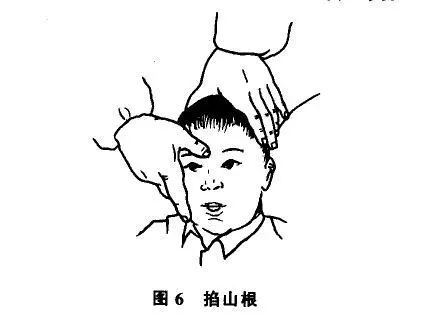
The nose serves as the first line of defense and is often affected by cold and dry weather, leading to symptoms such as increased secretion, nasal congestion, and decreased sense of smell, which can even cause pain in the head and teeth. One can try massaging the bridge of the nose to relieve discomfort.
Specific Movements: The bridge of the nose, also known as Yintang, can be massaged by gently pinching the skin of the bridge with the thumb and index or middle finger until a slight soreness is felt, then gently releasing, repeating about 15 to 20 times until the area becomes slightly red and warm.
6
Ling Jian Zi Guided Exercises
From the Daoist text “Ling Jian Zi” of the Eastern Jin dynasty, here are winter kidney and spleen nourishing guided exercises to help you resist the temptation of festive foods while avoiding the gym!
“Ling Jian Zi Guided Exercises”
(1) Sitting position, one hand supporting the same side knee, the other hand holding the head, lean forward, bringing the knee close to the chest, then straighten, alternating sides. This can dispel wind evil from the joints, promote blood circulation, and treat bladder and kidney diseases.
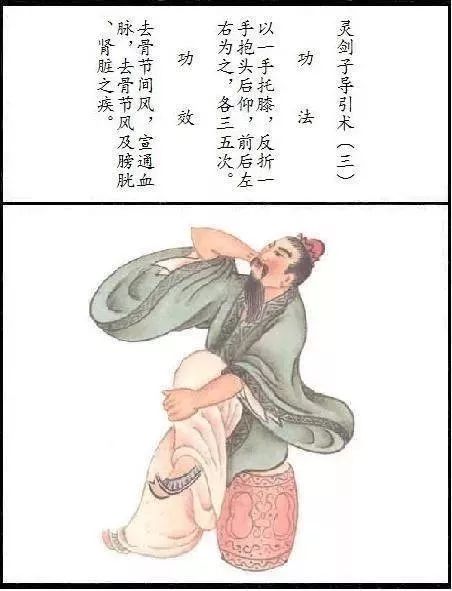
(2) Winter spleen nourishing method. In a sitting or standing position, stretch both hands upwards vigorously for 15 times. This can dispel various spleen disorders.
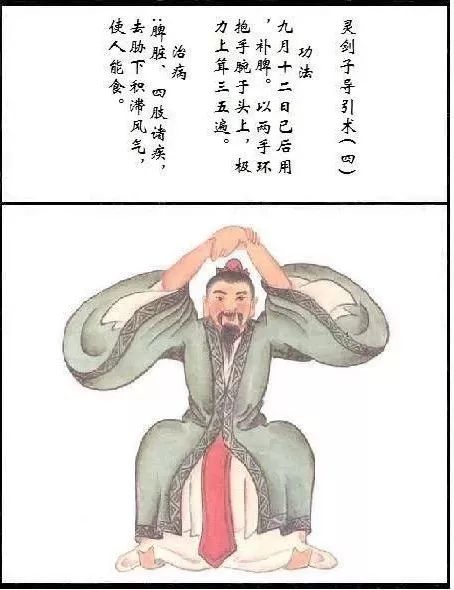
(3) In a sitting or standing position, interlace the fingers of both hands and alternately step on the crossed hands. This can dispel cold and dampness from the waist and legs, relieve kidney qi stagnation, and alleviate pain in the knees and feet.
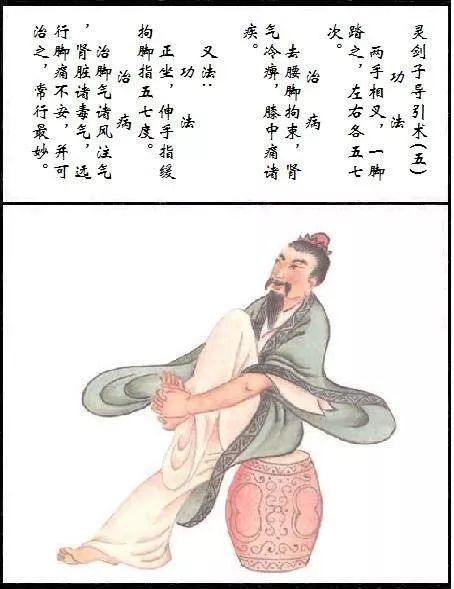
In all exercises, even breathing is the most important. Progress gradually and practice daily. I hope everyone can enjoy a beautiful winter! If you have any other health tips, please feel free to share them with us!
END
Health Hotline: 0570-3680120
Health Address: 148 Wusheng Street, Quzhou


